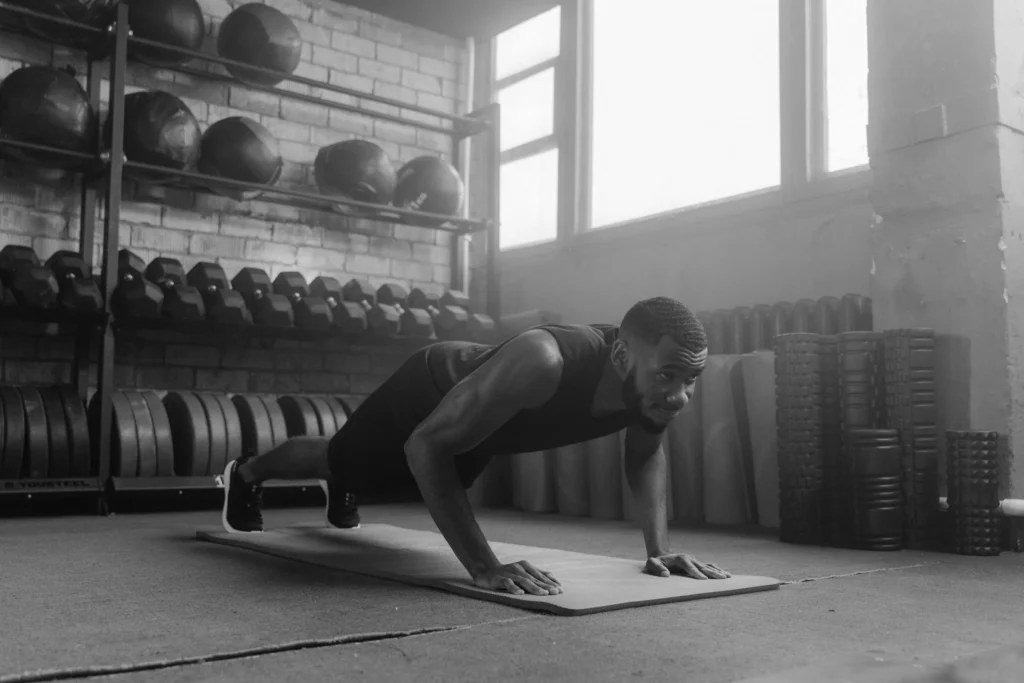Diuretics in Bodybuilding are quite common especially with professional bodybuilders. In the world of bodybuilding, achieving a chiseled and defined physique is paramount, especially when competing in shows or posing for photo shoots. One method bodybuilders use to enhance their appearance is the strategic use of diuretics. This blog delves into what diuretics are, their types, and how they are used in bodybuilding to achieve that perfect “dry” look.
What Is a Diuretic?
Diuretics, often known as “water pills,” are substances that help the body eliminate excess sodium (salt) and water through increased urine production. By reducing extracellular fluid volume, diuretics help in achieving a more defined and lean physique. This makes them particularly popular among bodybuilders who aim to look their best in competitions or photoshoots.
How Do Diuretics Work?
Diuretics act on the kidneys to increase the excretion of water and electrolytes. This results in a decrease in the body’s fluid volume, which helps in achieving a drier appearance. The mechanism behind diuretics involves altering the body’s electrolyte balance, primarily affecting sodium, potassium, and calcium levels.
Types of Diuretics in Bodybuilding
Here are the different types of diuretics,
Loop-Acting Diuretics
Definition and Function: Loop-acting diuretics are powerful drugs that act directly on the kidneys’ loop of Henle to increase urine production. They are considered the most potent type of diuretic and are widely used in bodybuilding for their effectiveness in reducing water retention.
Impact on Electrolytes: These diuretics are non-selective, meaning they remove all fluids and electrolytes, including potassium, sodium, and calcium, from the body. This can lead to significant changes in electrolyte balance, which is why careful management is crucial.
Examples: Furosemide (Lasix) is a common loop-acting diuretic used in bodybuilding.
Potassium-Sparing Diuretics
Definition and Function: Potassium-sparing diuretics, as the name suggests, help the body retain potassium while still promoting water loss. They are considered milder compared to loop diuretics and are often used in combination with other diuretics to balance electrolyte levels.
Impact on Electrolytes: While these diuretics prevent potassium loss, they can lead to an excess of potassium, which may be problematic, especially for individuals with pre-existing conditions like kidney disease.
Examples: Spironolactone and eplerenone are common potassium-sparing diuretics used in bodybuilding.
Timing and Usage of Diuretics
The timing of diuretic use depends on the competition or event date. Most bodybuilders start their diuretic protocol approximately one week before the competition. This period allows them to implement other strategies like carbohydrate depletion and sodium loading, which are integral to the water-cutting process.
How Much Time Is Needed?
Diuretic use typically begins around one week out from the competition. During this time, bodybuilders may employ additional strategies like carbohydrate loading and sodium manipulation to optimize their appearance.
Alternatives to Diuretics

Below are some diuretics alternatives
Natural and Herbal Diuretics
Natural and herbal diuretics can be used as a gentler alternative to synthetic diuretics. These include substances like dandelion root, green tea, and caffeine. They are less aggressive and might have fewer side effects, but they may not be as effective as pharmaceutical diuretics.
Other Water Reduction Strategies
1. Sodium Loading and Depletion: This involves increasing sodium intake to stimulate water loss, followed by a drastic reduction in sodium intake to enhance the diuretic effect.
2. Carbohydrate Loading: By manipulating carbohydrate intake, bodybuilders can influence water retention in muscles. Carbohydrates pull water into muscle cells, which can make muscles appear fuller and more defined.
3. Water Intake Manipulation: Gradually increasing water intake before decreasing it can help manage anti-diuretic hormone levels, which in turn aids in water reduction.
Potential Side Effects of Diuretics
1. Electrolyte Imbalance: Diuretics can lead to significant losses of potassium, sodium, and calcium, which might result in muscle cramps, dizziness, or even heart rhythm disturbances.
2. Dehydration: Excessive use can lead to dehydration, which impacts overall health and performance.
3. Kidney Stress: Prolonged use of diuretics can place additional stress on the kidneys, potentially leading to kidney damage or dysfunction.
Managing Side Effects
To mitigate side effects, it’s crucial to:
- Maintain Hydration: Drink plenty of water before starting diuretics to help flush out excess fluids.
- Monitor Electrolyte Levels: Consider taking potassium supplements or consuming potassium-rich foods if using non-potassium-sparing diuretics.
- Limit Use: Do not use diuretics for more than 4-5 days consecutively to allow the body to recover.
Best Practices for Diuretic Use in Bodybuilding
Pre-Competition Strategy
- Trial Runs: Perform trial runs with diuretics a few weeks before the competition to determine how your body reacts.
- Hydration: Ensure adequate hydration before beginning diuretic use and consider electrolyte supplementation.
During Use
- Dosage: Follow recommended dosages and avoid overuse.
- Monitor Health: Pay attention to any adverse effects and consult a healthcare provider if necessary.
Conclusion
Diuretics can be a powerful tool in bodybuilding, helping athletes achieve a more defined and aesthetically pleasing physique. However, their use comes with risks and potential side effects. Understanding how diuretics work, the different types available, and best practices for their use can help bodybuilders make informed decisions and achieve their goals safely. Always consult with a healthcare professional before starting any diuretic regimen to ensure it aligns with your health needs and competition objectives.
Also, see this post on the Different Types of Bodybuilding.



